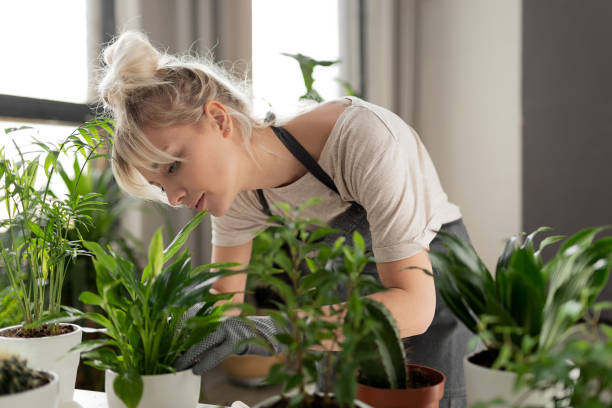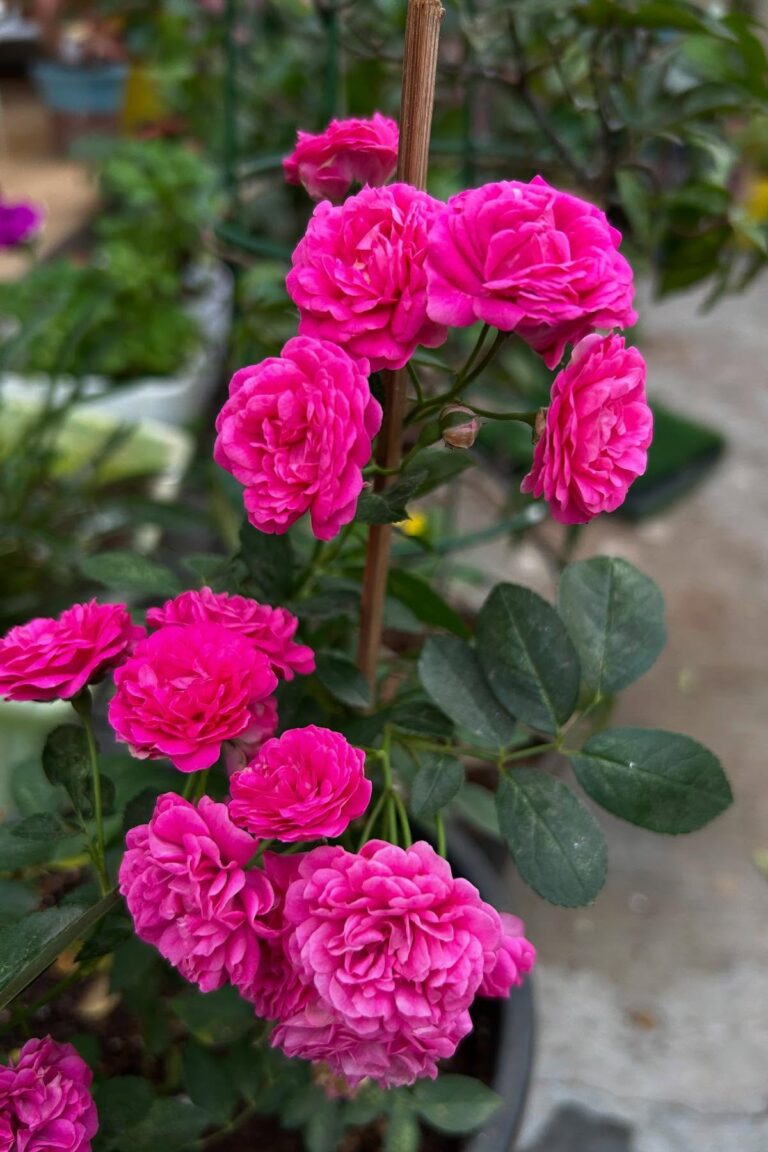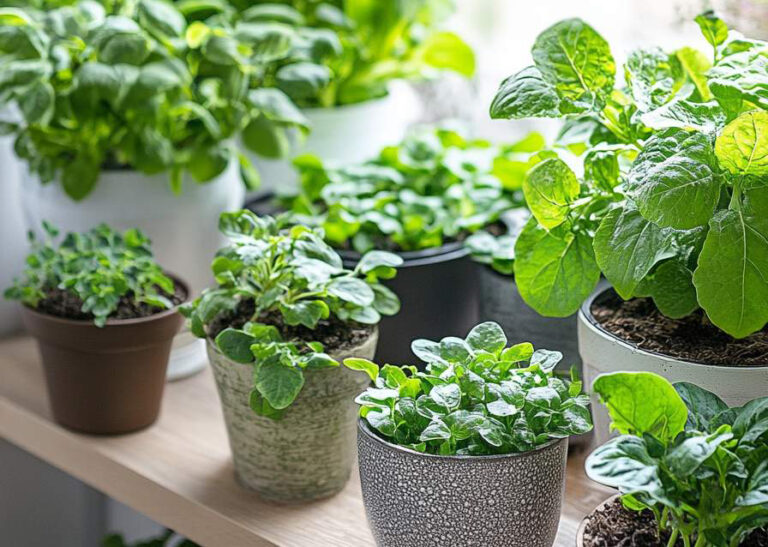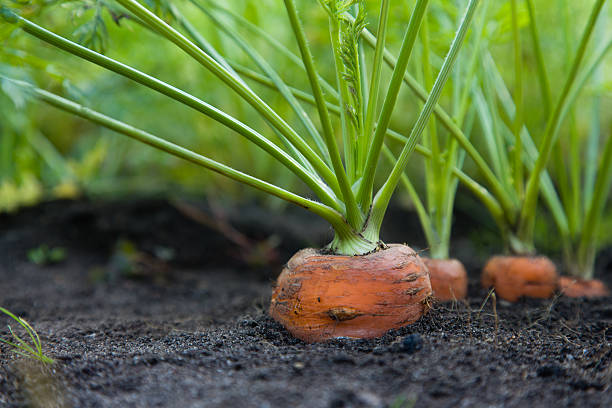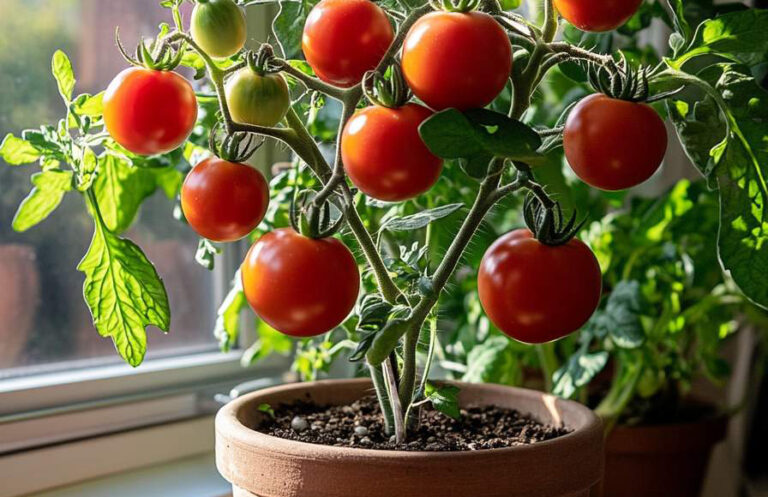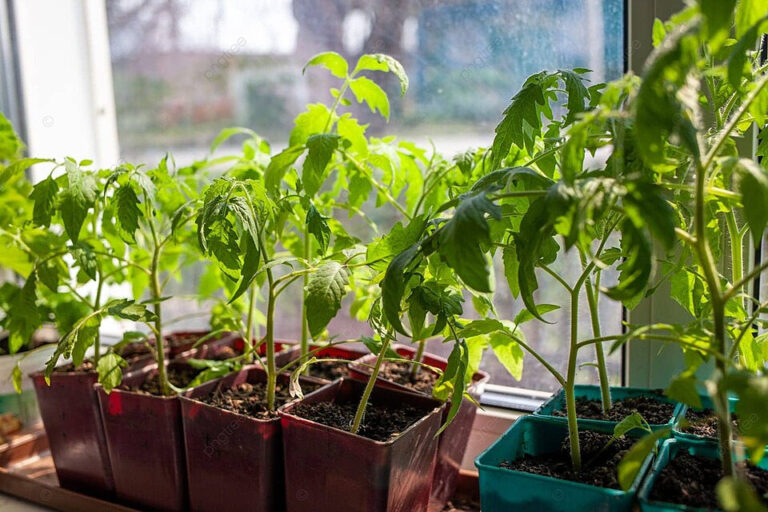How to Grow Vegetables Indoors: A Comprehensive Guide
Imagine stepping into your home and finding a lush, vibrant vegetable garden thriving right in your living space.
Growing vegetables indoors isn’t just a practical solution for fresh produce year-round; it also brings a sense of tranquility and nature into your home.
With some preparation, patience, and the right setup, you can cultivate a thriving indoor garden.
Choosing the Right Vegetables
To begin, choosing the right vegetables is crucial. Not every plant will flourish indoors, but many can adapt beautifully to the controlled environment of your home.
Here are some good options based on difficulty:
| Vegetable Type | Examples | Difficulty Level |
|---|---|---|
| Leafy Greens | Lettuce, Spinach, Kale | Easy |
| Herbs | Basil, Parsley, Mint | Easy |
| Small Fruiting Veggies | Cherry Tomatoes, Peppers, Dwarf Cucumbers | Moderate |
Leafy greens and herbs are excellent for beginners, while cherry tomatoes and peppers are rewarding but require more attention.
Finding the Perfect Location
The success of your indoor garden hinges on location:
- Natural Light: Aim for a south-facing window for 6-8 hours of sunlight daily.
- Grow Lights: If natural light is insufficient, use full-spectrum LED grow lights. Adjust these lights to mimic daylight conditions.
- Temperature: Keep the environment between 65°F and 75°F. Avoid drafty windows and heat sources.
Selecting the Right Containers
Containers play a pivotal role in indoor gardening:
- Use pots with drainage holes to prevent waterlogging.
- Choose the appropriate depth: carrots require 12 inches of soil, while lettuce thrives in shallower pots.
- Consider self-watering pots for consistent moisture, especially for busy gardeners.
| Container Type | Best For | Features |
|---|---|---|
| Standard Pots | Most vegetables | Drainage holes, lightweight |
| Self-Watering Pots | Herbs, Leafy Greens | Consistent moisture, easy care |
| Deep Containers | Root Vegetables | Adequate depth for root growth |
Providing Adequate Lighting
Lighting is crucial for healthy plants:
- Full-Spectrum Grow Lights: Offer the necessary wavelengths for photosynthesis.
- Positioning: Keep grow lights 6-12 inches above the plants and adjust as they grow.
- Duration: Provide 12-16 hours of light daily with a timer to ensure consistency.
- Reflective Surfaces: Use materials like aluminum foil to distribute light evenly.
Mastering Watering and Humidity
Watering and humidity management are essential:
- Check soil moisture before watering to avoid overwatering.
- Increase humidity by:
- Placing a water tray near plants.
- Grouping plants together to create a microclimate.
- Using a humidifier.
- Fertilize every 2-4 weeks with a balanced liquid fertilizer. Adjust nutrients for specific plant types:
- Leafy Greens: Nitrogen-rich fertilizers.
- Fruiting Vegetables: Potassium and phosphorus-rich options.
Managing Pests and Diseases
Indoor gardens are not immune to pests:
- Inspect plants regularly for pests like aphids and spider mites.
- Treat infestations with natural remedies, such as:
- Neem oil.
- Insecticidal soap.
- DIY dish soap sprays.
- Ensure proper air circulation with a small fan to prevent fungal diseases.
- Gently clean plant leaves to keep them healthy and pest-free.
Harvesting Your Indoor Vegetables
Harvesting is one of the most rewarding steps:
- Leafy Greens: Use the “cut and come again” method by snipping outer leaves as needed.
- Root Vegetables: Gently pull mature vegetables from the soil, checking timelines on seed packets.
- Fruiting Vegetables: Pick tomatoes and peppers when fully ripe to encourage further production.
| Vegetable Type | Harvesting Method | Notes |
|---|---|---|
| Leafy Greens | Outer leaves snipping | Continues growing |
| Root Vegetables | Pull gently | Check maturity timelines |
| Fruiting Vegetables | Pick when fully ripe | Stimulates new growth |
Overcoming Common Challenges
Address potential challenges with these solutions:
- Low Light: Invest in high-quality grow lights.
- Limited Space: Utilize vertical gardening techniques with shelves or hanging planters.
- Pests: Act quickly with organic solutions like neem oil.
Final Thoughts
Indoor vegetable gardening is a fulfilling endeavor that offers fresh produce, a connection to nature, and a touch of green in your living space.
Start with a few simple plants, refine your techniques, and watch your indoor garden thrive. Beyond the delicious harvest, you’ll gain the satisfaction of nurturing life in your home.
Soon, you’ll be enjoying homegrown vegetables that are as delicious as they are rewarding to grow. Happy gardening!


